Description
Auditing
SYBCOM Semester IV
Syllabus
1. Introduction to Auditing (10 Lec.)
A. Basics – Financial Statements, Users of Information, Definition of Auditing, Objectives of Auditing, Inherent limitations of Audit, Difference between Accounting and Auditing, Investigation and Auditing
B. Errors & Frauds – Definitions, Reasons and Circumstances, Types of Error, Types of Frauds, Risk of Fraud and Error in Audit, Auditors Duties and Responsibilities in case of Fraud
C. Principles of Audit, Materiality, True and Fair View
D. Types of Audit – Meaning, Advantages, Disadvantages of Balance Sheet Audit, Interim Audit, Continuous Audit, Concurrent Audit and Annual Audit, Statutory Audit
2. Audit Planning, Procedures and Documentation (10 Lec.)
A. Audit Planning – Meaning, Objectives, Factors to be considered, Sources of obtaining information, Discussion with Client, Overall Audit Approach
B. Audit Program – Meaning, Factors, Advantages and Disadvantages, Overcoming Disadvantages, Methods of Work, Instruction before commencing Work, Overall Audit Approach
C. Audit Working Papers – Meaning, importance, Factors determining Form and Contents, Main Functions / Importance, Features, Contents of Permanent Audit File, Temporary Audit File, Ownership, Custody, Access of Other Parties to Audit Working Papers, Auditors Lien on Working Papers, Auditors Lien on Client’s Books
3. Auditing Techniques and Internal Audit Introduction (15 Lec.)
A. Test Check – Test Checking Vs Routing Checking, Test Check Meaning, Features, Factors to be considered, when Test Checks can be used, Advantages, Disadvantages, Precautions
B. Audit Sampling – Audit Sampling, Meaning, Purpose, Factors in determining sample size – Sampling Risk, Tolerable Error and Expected Error, Methods of selecting Sample Items, Evaluation of Sample Results, Auditors Liability in conducting audit based on Sample
C. Internal Control – Meaning and purpose, review of internal control, advantages, auditors duties, review of internal control, Inherent Limitations of Internal control, internal control samples for sales and debtors, purchases and creditors, wages and salaries. Internal Checks Vs Internal Control, Internal Checks Vs Test Checks
D. Internal Audit : Meaning, basic principles of establishing Internal audit, objectives, evaluation of internal Audit by statutory auditor, usefulness of Internal Audit, Internal Audit Vs External Audit, Internal Checks Vs Internal Audit
4. Auditing Techniques : Vouching & Verification (10 Lec.)
A. Audit of Income : Cash Sales, Sales on Approval, Consignment Sales, Sales Returns Recovery of Bad Debts written off, Rental Receipts, Interest and Dividends Received Royalties Received
B. Audit of Expenditure : Purchases, Purchase Returns, Salaries and Wages, Rent, Insurance Premium, Telephone expense Postage and Courier, Petty Cash Expenses, Travelling Commission Advertisement, Interest Expense
C. Audit of Assets Book Debts / Debtors, Stocks – Auditors General Duties; Patterns, Dies and Loose Tools, Spare Parts, Empties and Containers Quoted Investments and Unquoted Investment Trade Marks / Copyrights Patents Know-How Plant and Machinery Land and Buildings Furniture and Fixtures
D. Audit of Liabilities : Outstanding Expenses, Bills Payable Secured loans Unsecured Loans, Contingent Liabilities
Note: The Law and Standards in force on 1st April immediately preceding the commencement of Academic year will be applicable for ensuing Examinations


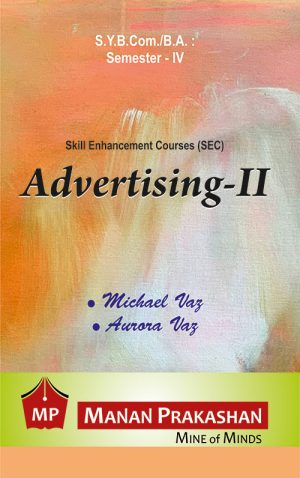
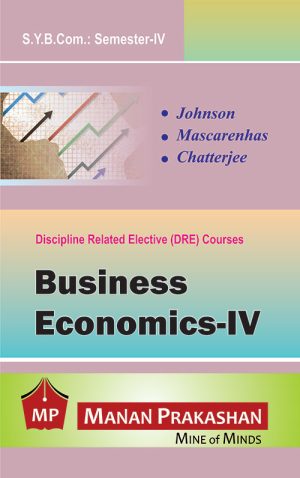
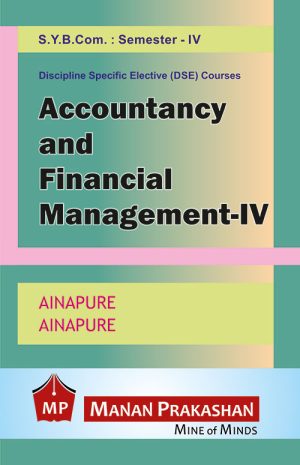
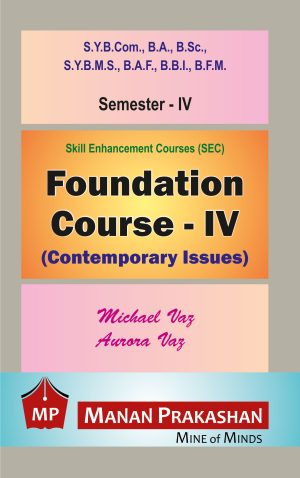
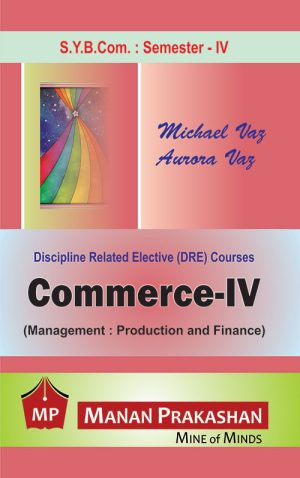
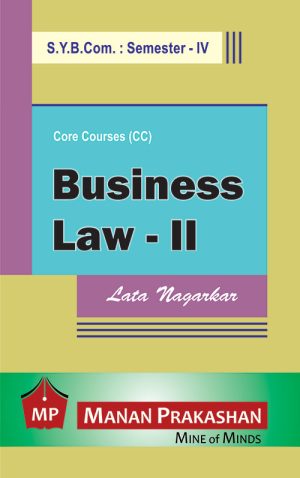
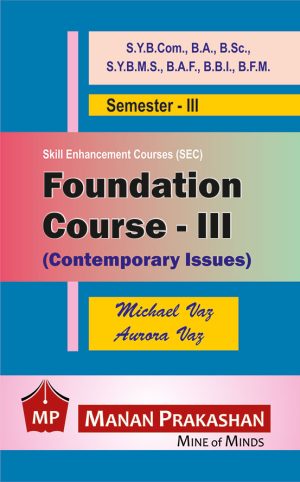
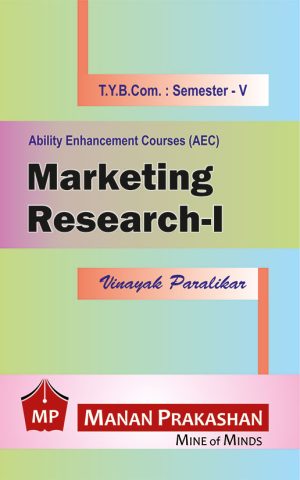
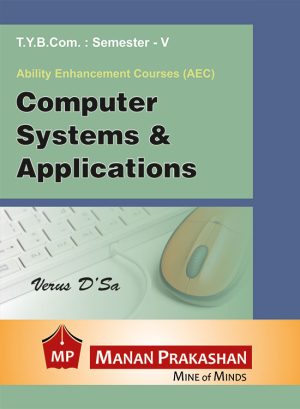
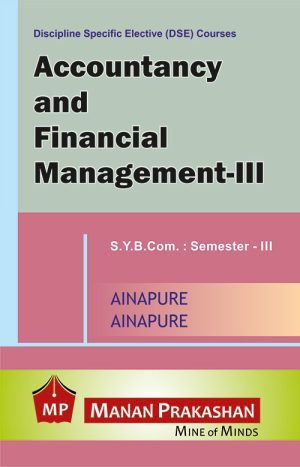
Reviews
There are no reviews yet.